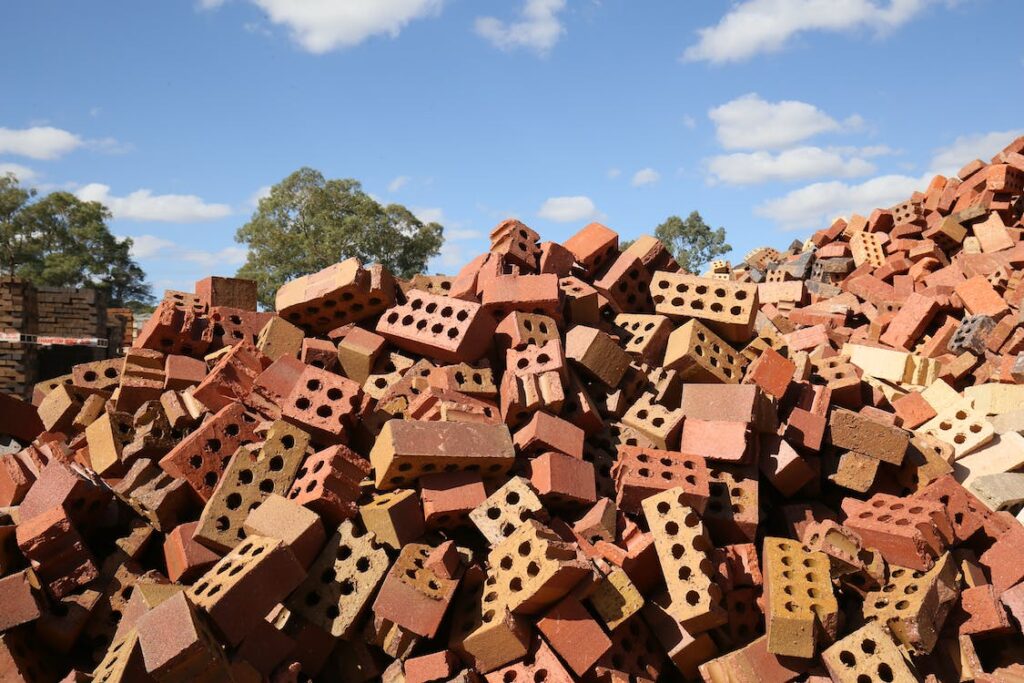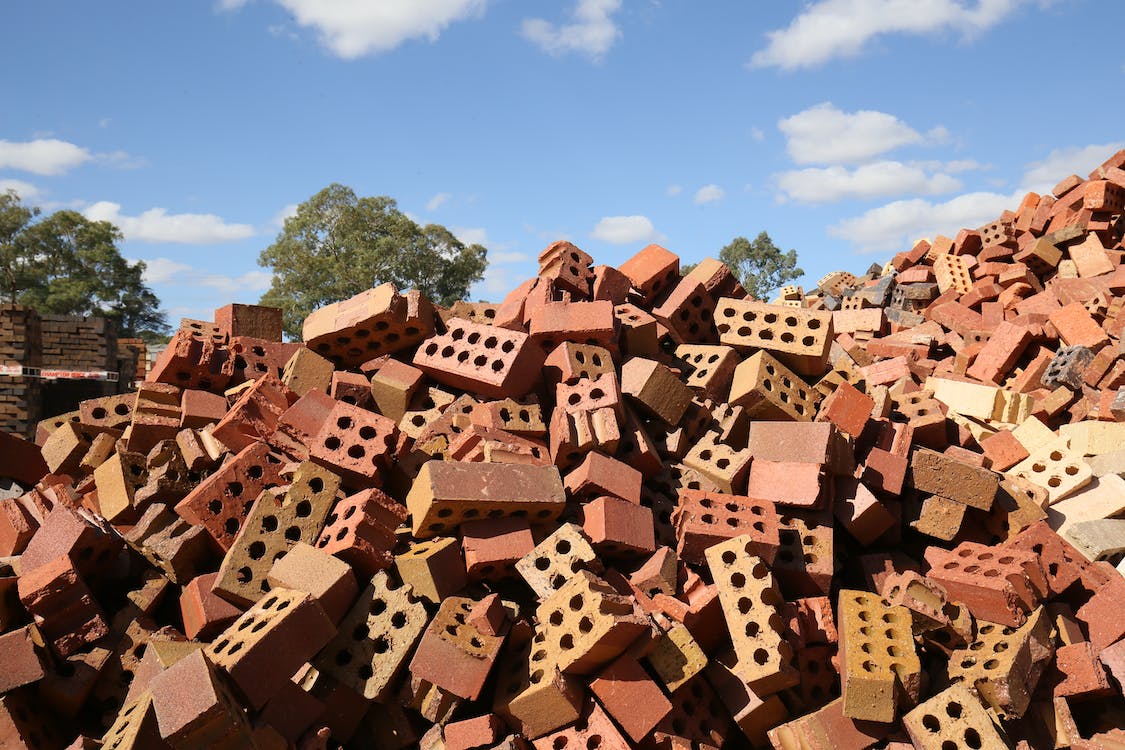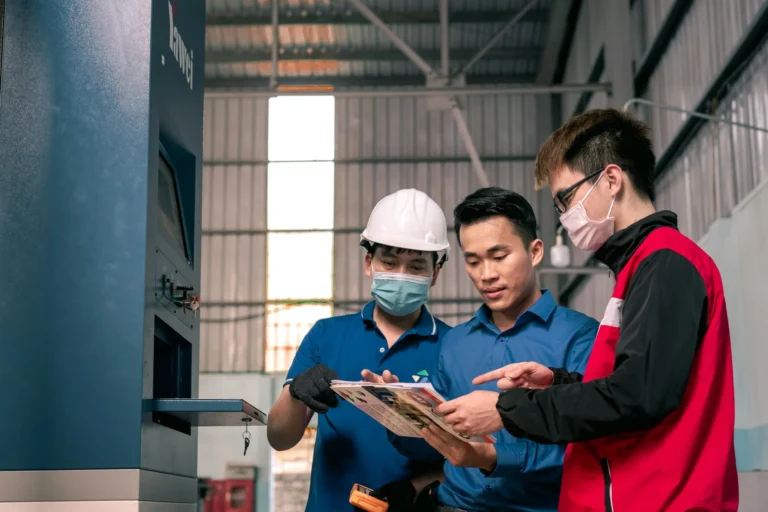Construction is an industry known for its significant contribution to the global economy. However, it’s also notorious for its high environmental impact, including the massive amounts of waste generated from building activities. According to a report from the World Bank, construction waste will nearly double by 2025, reaching 2.2 billion tons globally. Hence, managing construction waste and promoting sustainability in building processes has never been more critical.

Understanding Construction Waste
Construction waste, often referred to as construction and demolition (C&D) waste, includes debris generated by construction, renovation, and demolition of buildings, roads, and bridges. It comprises various materials such as concrete, wood, metals, glass, plastics, and more. Notably, a significant proportion of construction waste ends up in landfills, contributing to environmental degradation. However, with appropriate strategies in place, much of this waste can be reduced, reused, or recycled.
The Need for Waste Management in Construction
The need for sustainable waste management in construction arises from both environmental and economic considerations. On the environmental front, poor waste management leads to unnecessary resource consumption, air and water pollution, and increased greenhouse gas emissions. Economically, waste equates to inefficiency. Materials that could be reused or recycled represent a financial loss when simply discarded. Moreover, the rising costs of waste disposal and potential penalties for non-compliance with environmental regulations make waste reduction an attractive prospect.
Strategies for Managing Construction Waste
To move towards a more sustainable building process, construction companies must adopt a multi-faceted approach to waste management. This approach includes waste prevention, waste minimization, reuse, and recycling.
Waste Prevention
Preventing waste even before it’s generated is arguably the most effective waste management strategy. This approach involves careful planning and design. Using digital tools like Building Information Modeling (BIM) can help optimise the use of materials and reduce waste from over-ordering or incorrect specification.
Implementing modular construction and prefabrication methods can also minimise waste generation. By constructing components or entire sections off-site in a controlled environment, these methods allow for precise measurements and efficient use of materials, reducing offcuts and mistakes that lead to waste.
Waste Minimization
Waste minimization focuses on reducing the amount of waste produced on-site. This strategy includes proper material storage to prevent damage and spoilage, ordering materials to size to avoid offcuts, and using just-in-time delivery to minimise the risk of material degradation or damage on site.
Reuse
Reusing materials is an effective way to reduce construction waste. Deconstruction instead of demolition allows for the recovery of valuable materials for direct reuse. Salvaged items like doors, windows, fixtures, and structural elements can be sold or donated, providing cost recovery and community benefits.
Recycling
For waste that can’t be prevented or reused, recycling is the next best option. Many types of construction waste, such as concrete, wood, metals, and plastics, can be recycled into new products or used as a base material in road construction. Implementing a thorough sorting system on-site can maximise the amount of waste diverted from landfills.
Education and Training
Educating construction teams about the importance of waste management and training them on best practices is crucial for the successful implementation of these strategies. Training programs can cover topics such as material handling, waste segregation, and proper use of recycling facilities.
Regulatory Compliance and Certifications
Adhering to local and national waste management regulations is a necessity for construction companies. In many jurisdictions, there are specific rules for the disposal of different types of construction waste, and some even require a waste management plan for larger projects.
Additionally, construction firms can pursue green building certifications like LEED (Leadership in Energy and Environmental Design) or BREEAM (Building Research Establishment Environmental Assessment Method), which award points for effective waste management and use of recycled materials.
The Role of Technology in Waste Management
Modern technology offers robust tools that can greatly enhance waste management efforts. Digital platforms can streamline material ordering, waste tracking, and documentation for regulatory compliance. Drones can monitor sites for waste protocol adherence, and machine learning algorithms can optimise material usage and waste segregation.
Moreover, technologies such as artificial intelligence (AI) and the Internet of Things (IoT) can be leveraged to predict and monitor waste production, providing insights for further waste reduction strategies.

The Impact of Sustainable Construction Practices on the Community
By practising effective waste management in construction, we also contribute positively to the wider community. Recycling and reusing materials reduces the demand for new resources, helping to preserve natural habitats and reduce the carbon emissions associated with extracting and processing raw materials. By repurposing or donating salvaged materials, construction companies can support local businesses and non-profit organisations, fostering a sense of community and social responsibility.
The Role of Waste Management in Circular Economy
The principles of waste management in construction align closely with the concept of a circular economy, which seeks to keep resources in use for as long as possible, extract the maximum value from them while in use, then recover and regenerate products and materials at the end of their service life. By minimising waste, maximising recycling and reuse, and optimising the use of resources, the construction industry can move closer to a circular model, increasing sustainability while reducing costs.
Future Prospects in Construction Waste Management
Looking ahead, we see many opportunities for further advances in construction waste management. New technologies, such as 3D printing, can minimise waste by using precise amounts of materials. Advanced recycling techniques, such as converting plastic waste into construction materials, can divert more waste from landfills. A growing emphasis on sustainable design, including the design for deconstruction, can facilitate the reuse and recycling of materials at the end of a building’s life.
Policies and Regulations
An effective strategy for managing construction waste must also take into account the policies and regulations set by local and international bodies. Several laws and standards govern how construction waste should be handled, and these vary by country and region. By understanding and complying with these regulations, companies can avoid legal repercussions, and also benefit from incentives provided for eco-friendly practices.
Moreover, policy frameworks such as Extended Producer Responsibility (EPR) can influence waste management in the construction sector. EPR encourages manufacturers to take responsibility for the disposal of products they produce, thus promoting the design of products with minimal environmental impact.
The Importance of Education and Training
Last but not least, the significance of education and training in the implementation of effective waste management strategies cannot be understated. Ensuring that all staff members, from site workers to project managers, understand the importance of waste reduction and the practical steps they can take to achieve this is crucial. By fostering a culture of sustainability within the organisation, waste management becomes an integral part of the construction process rather than an afterthought.
Regular training programs on waste sorting, recycling protocols, and efficient material use can significantly improve a company’s waste management performance. Additionally, promoting awareness about the environmental, financial, and social benefits of effective waste management can motivate employees to engage actively in waste reduction efforts.
A Holistic Approach to Sustainable Construction
In conclusion, managing construction waste sustainably is not a standalone process, but part of a holistic approach towards sustainable construction. By viewing waste management as a crucial aspect of the overall construction lifecycle, we can begin to envision and work towards a future where construction contributes positively to our environment, economy, and society.
With our collective efforts and the continuous advancement of technology, it is entirely within our capabilities to transform the construction industry into a model of sustainability, setting an example for other industries to follow.
As we work towards a more sustainable future in construction, it’s also essential to leverage technologies that streamline the construction process, enhance productivity and foster collaboration. One such platform is Wunderbuild, an all-in-one construction management software. Designed for the needs of the modern construction industry, it offers a robust set of features including project management, task tracking, and team collaboration tools. To learn more about how Wunderbuild can revolutionise your construction workflow, visit us here.




